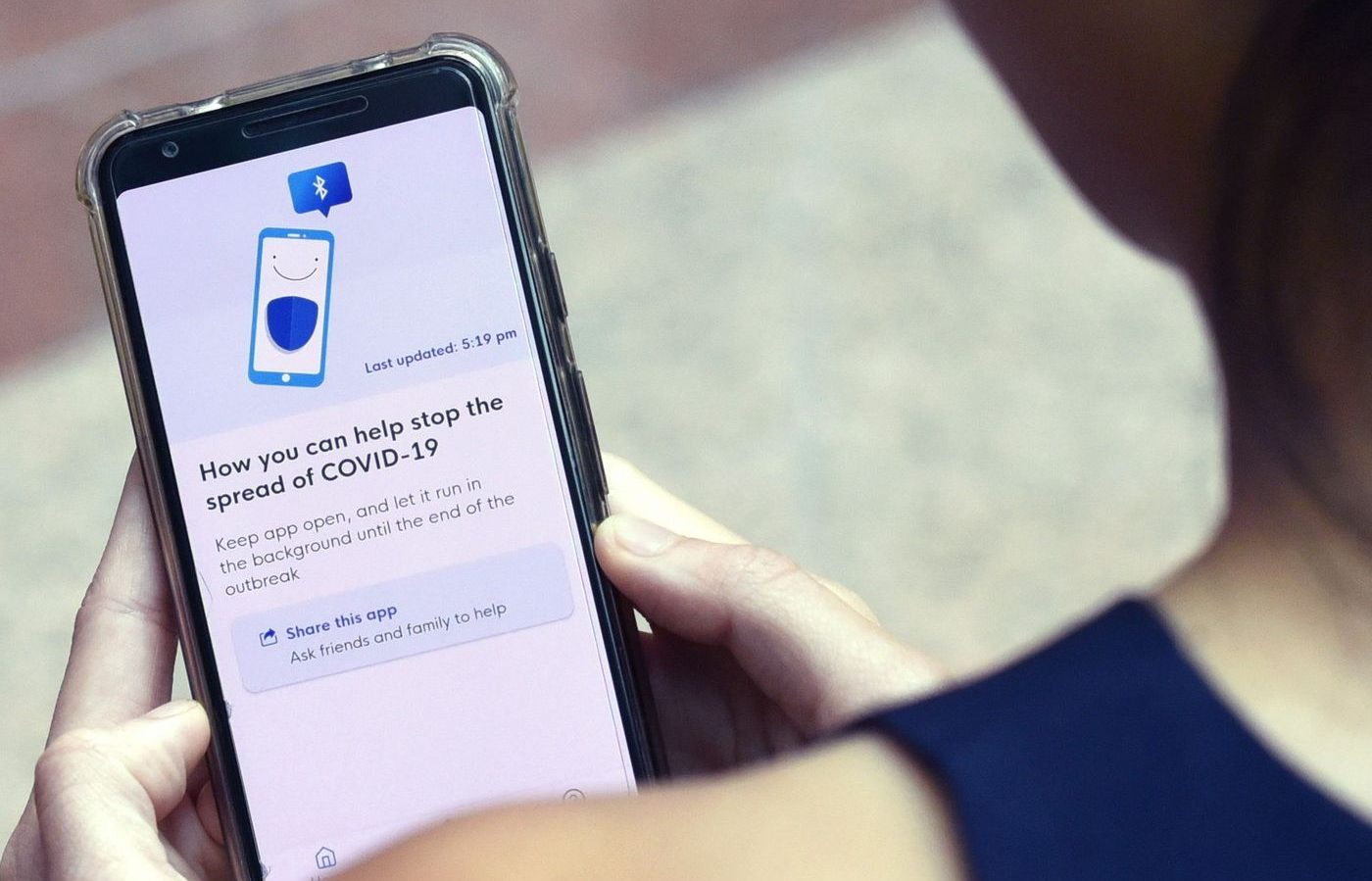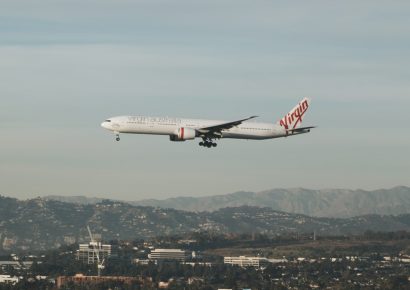Everything you need to know before you click download in the app store.
When Milo Hsieh woke up at 8:20am to two police officers at his front door, he became a subject of Taiwan’s coronavirus phone tracing system implemented to trace people in mandatory home quarantine. The primary goal: to stop the spread of coronavirus.
So what brought police to Hsieh’s door?
At 7:30am, his phone briefly ran out of battery. Once a phone has been off for more than 15 minutes, an alert is sent to authorities. By 8:15am, administrative units had called him and it was not long after that police were standing at his front door.
Amidst the government’s efforts to trace Hsieh, they also sent him a text notifying him that he could be arrested if he had broken quarantine. Taiwan hadn’t implemented an app, rather they were using existing phone signals to triangulate peoples’ whereabouts.
My phone, which is satellite-tracked by the Taiwan gov to enforce quarantine, ran out of battery at 7:30 AM. By 8:15, four different units called me. By 8:20, the police were knocking at my door.
— Milo Hsieh (@MiloHsieh) March 22, 2020
Israel is another country to have implemented measures such as this to stem the coronavirus crisis. The security service Shin Bet was given the green light to use mobile phone surveillance technology to trace the movements of people infected by the virus.
According to a journalist for Israel newspaper Haaretz, this measure involved daily check-ups of those in question.
“Every day they randomly check on every person that was infected by coronavirus; around 1000 people a day,” the journalist told triple j’s Hack. “They monitor their cellphone and they go to their home to check if they’re in isolation.”
But it’s not just those with the virus who are observed.
“Every time there is a new person that has been infected with coronavirus, Shin Bet gets this information, they go to the cellular company and they track him for the past two weeks, and every person that they find that was in connection with that sick person, they send him an SMS that orders him to get into quarantine for the next two weeks,” the journalist continues.
These such measures have sparked criticism from civil rights groups who see it as a breach of privacy and something that compromises our liberties as a human being.
Now the Australian government has just launched a similar tracing app, COVIDSafe, and Australians are now faced with this reality.
It’s a news flash that’s for sure so how do we approach the technology with an objective head?
Well, it’s important to understand how the app works and how it will affect us.
It is similar to Singapore’s TraceTogether app, which uses Bluetooth to record anyone you get close to who also has the app. A signal is created from this and the two apps exchange anonymous IDs, to be stored on phones and deleted after 21 days.
If a person tests positive to coronavirus, this data is then uploaded to something called the National Health Data Store, a central data repository set up by the Federal Government.
That data is then made available to authorities to help them in tracking those who will have come into contact with positive cases.
The app stores the mobile phone number of the person using the app, which is sent to the health department for contact tracing. It also collects information about phone models as well as anonymised app analytics data and the signal strength of the phone.
With the capabilities of the app now in mind, what is the best way to approach our decision process when it comes to downloading or not downloading the app? We’ve put together a list of points to consider when making your decision.
Points in favour of the app
- The app is the most effective method yet to tracing the movement of coronavirus.
- The app could allow for a relaxation of the current social distancing and self-isolation measures. It’s otherwise been said that these may not be relaxed until there is a vaccine – which could still be 18 months away.
- The data from the app will be deleted after 21 days – it won’t be stored forever.
-
Coronavirus has proven unpredictable. For those able to allay the privacy queries, this could give peace of mind around the efforts to contain the spread of the virus.
The questions that remain
- It is said that the app will only be triggered when two people are within 1.5 metres of each other. What does that mean for the current 1.5-metre social distancing measures?
- What about accessibility? There is a proportion of Australians – e.g. a proportion of the elderly, those living with cognitive impairment – who do not own or know how to use a smartphone. How will they engage with the app?
- Is the technology safe? The app’s current framework has raised concerns because it stores the information in a centralised national data centre, which in turn could become a target for cyber attacks. It has also been said that this contract was won by Amazon and it would be housed in the US, not Australia.
- What are the added abilities the data will give the government? Will these be a further breach of civil liberties?
- Does it create a habit of control and incursion? Will the government get comfortable with such technology and see it as a measure to help with other issues currently facing society?
With any technological idea or advancement, concerns are going to be raised about privacy and our basic right to freedom. The only way in which the government will be able to gain participation on a grand scale (or near to the 40% required) is if it can gain the trust of Australia’s people. Transparency is therefore key, we need to be taken through every nook and cranny of this app before we can be sure that our data and privacy is not being compromised.
There is, and always will be scepticism surrounding ‘big brother’ measures such as this. Does the government have the courage to lay everything out on the line so there is complete clarity? We’ll have to wait and see.
Over to you, Scott Morrison.
Never miss a story. Sign up to Beat’s newsletter and you’ll be served fresh music, arts, food and culture stories five times a week.

